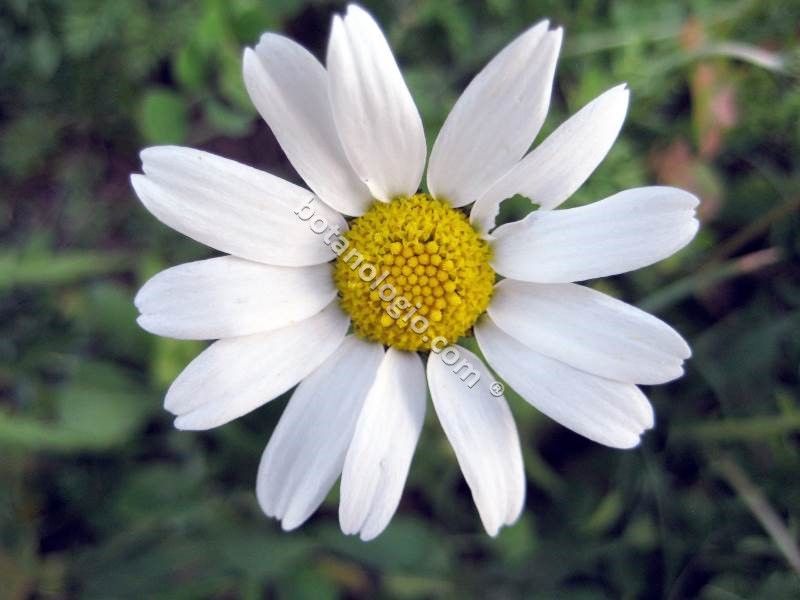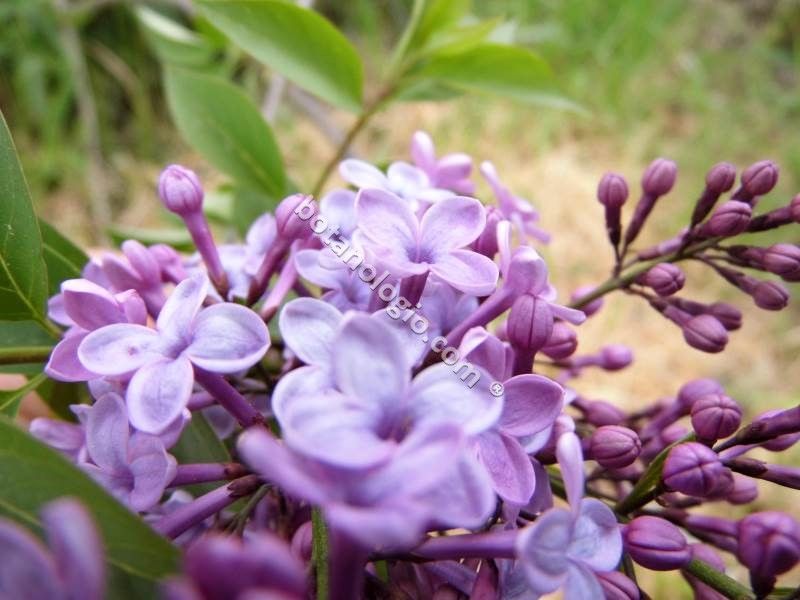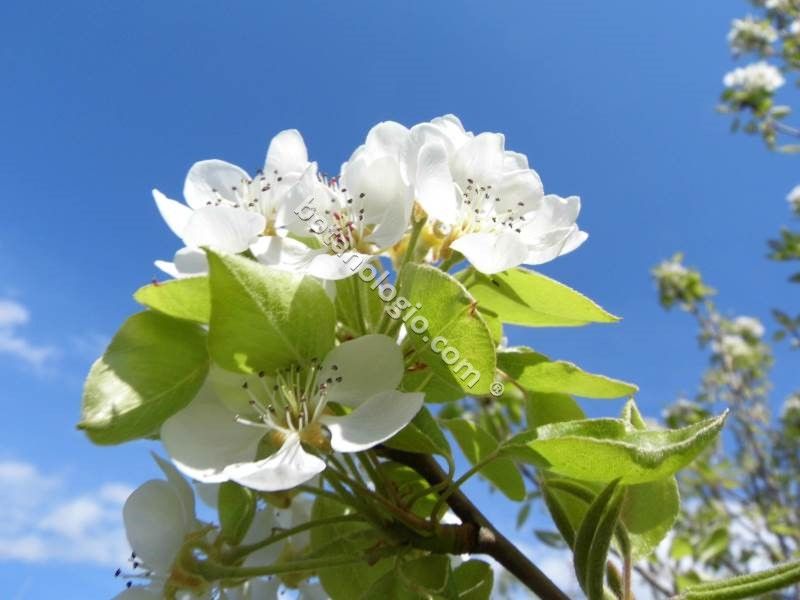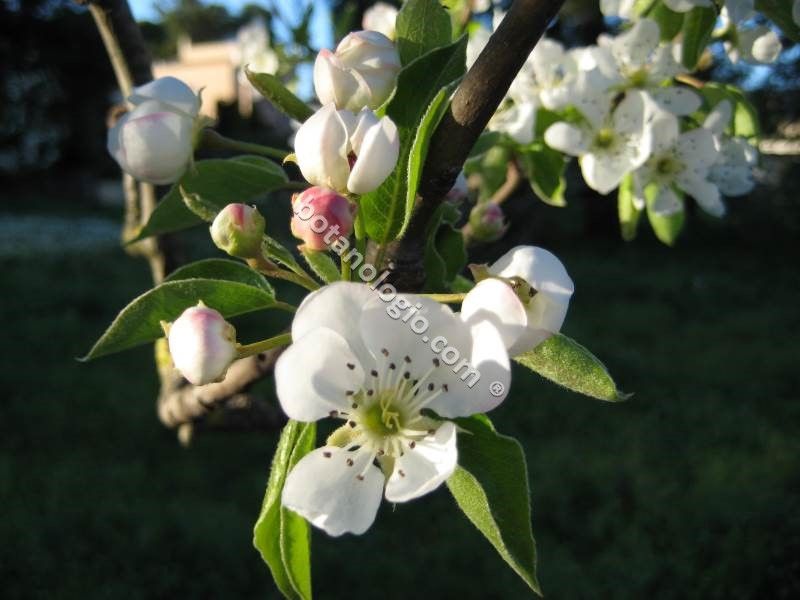Hazardous ingredients I Part 1

Since we refer to the therapeutic and the cosmetic properties of herbs and plants, it is our duty to keep you informed about some of the ingredients contained in cosmetics and ointments we use everyday.
Knowledge is the best prevention and in this case it can save us from many sufferings that can result from cosmetics we use for exact the opposite reason. Some substances which we will mention, are irritating and allergenic, other mildly toxic and some hazardous to our health. They are in everyday products such as toothpastes, shampoos, face creams and body etc. and there is no separation between biological, pharmaceutical or broad consumption products. So, it is advisable to remain informed and protect our bodies from further potential risks from our environment.
We therefore quote a number of the most dangerous ingredients that can be found on the labels of your cosmetics:
Aluminum: is found in almost all deodorants. It works by blocking the pores, with the result that the sweat can’t be released. It is considered factor that hastens Alzheimer’s disease. Since through the armpit glands passes in the body, and therefore flows to the breasts, it is extremely dangerous for men and women.
Artificial colors: artificial color in cosmetics is not as harmless as it seems. Certain specific types such as azo dyes, are dangerous for asthmatics, people who suffer from eczema and people allergic to aspirin. In children can cause hyperactivity, strong headaches, blurred vision and runny nose.
Ammonia: widely used in cosmetics. The most common use is in hair dyes. It is toxic and can cause severe allergic reactions and respiratory problems.
Benzoates, benzyl-: widely used in cosmetics and household cleaners. It is toxic and irritating to the respiratory system, eyes and skin. Implicated as a carcinogen. There are many derivatives with different ending and tend periodically to modify the name to make it more difficult to detect by consumers.
BHT: mainly used in anti-aging cosmetics. As oil derivative, it is photosensitive and can cause irritation and rashes after sun exposure. Harmful to the respiratory and digestive system. In extended use causes reproductive problems.
DEA – MEA – TEA: cause allergic reactions, eye irritation and dry out the skin and hair. In large quantities and long term use, they are toxic for the body. You can find them in shampoos gels shower gels etc.
Dibutyl phthalate: in a CDC study (Center for Disease Control, USA) it was found in all individuals tested. The highest rates were found in women of reproductive age. It is used in cosmetics as an agent that helps other ingredients better absorbed by the skin. May cause teratogenesis and reproductive problems in men.
Fluoride: one of the most dangerous because they have convinced us that protects and strengthens teeth enamel. In fact it is poison. Implicated in accelerated Alzheimer’s disease as well as accelerated osteoporosis. A high percentage of fluoride contained in toothpaste, is absorbed by the body thus accumulates mainly in the bones. It is considered carcinogenic.
Formaldehydes: is cheap preservative. Because of the intense odor, many derivatives of formaldeyde are used in cosmetics. It is toxic and allergenic. It’s accused and as carcinogenic. Other preservatives equally dangerous are DMDM hydantoin, Quanternium, Diazolidinylurea, 2-bromo-2-nitropropane-1, 3-diol.
Fragrances / Parfum: seemingly harmless synthetic fragrances are used in almost all cosmetics and can contain up to 200 unidentified substances. Like artificial colors, cause irritations and allergies to the skin. They can also cause nausea, dizziness, rashes and hyperpigmentation (dark spots).
Isopropyl Alcohol: another petroleum derivative, mainly contained in creams. Irritant to skin and eyes and dangerous when inhaled.
Keratolytic chemicals: corrosives used for exfoliating creams. Dissolve the upper layer of the skin making the skin more vulnerable to sunlight. Accelerates production of dead cells. As a result the skin to protect the lower layers, creates a thick layer of dead cells.
Read the sequel to the Hazardous ingredients part 2.
aluminum, ammonia, artificial colors, benzoates, BHT, DEA, Dibutyl phthalate, fluoride, formaldehydes, fragrances, MEA, parfum, TEA





